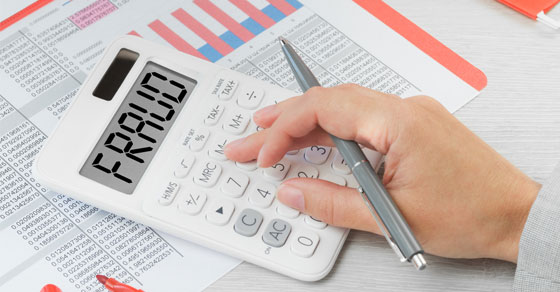Take charge of working capital management
Proactive working capital management is essential to successful business operations. However, on average, businesses aren’t managing their working capital as efficiently as they have in the past, according to a new study by The Hackett Group, a digital transformation and AI strategy consulting firm.
The study found that all elements of the cash conversion cycle (CCC) deteriorated by an average of 1.3 days (or 4%) from 2022 to 2023. The sectors reporting the biggest CCC deterioration include marine shipping, biotechnology, oil and gas, and food and staples retail. Here’s why working capital management is so important, and how your business can avoid the trend revealed in the study.
Why working capital matters
Working capital equals the difference between current assets and current liabilities. Organizations need a certain amount of working capital to run their operations smoothly. However, excessive amounts can hinder growth and performance. The optimal amount of working capital depends on the nature of your company’s operations and its industry.
Working capital management is often evaluated by measuring the CCC, which is a function of three turnover ratios:
1. Days in accounts receivable outstanding,
2. Days in inventory outstanding, and
3. Days in accounts payable outstanding.
A positive CCC indicates the number of days a company must borrow or tie up capital while awaiting payments from customers. A negative CCC represents the number of days a company has received cash from customers before it must pay its suppliers. Cash businesses might have a low or negative CCC, while most conventional businesses have a positive CCC.
Ways to shorten your CCC
Here are three ways to reduce the amount your business has tied up in working capital:
1. Collect receivables faster. Possible solutions for converting accounts receivable into cash faster include: tightening credit policies, offering early bird discounts, issuing collection-based sales compensation and using in-house collection personnel. Companies also can evaluate administrative processes — including invoice preparation, dispute resolution and deposits — to eliminate inefficiencies in the collection cycle.
2. Reduce inventory levels. The inventory account carries many hidden costs, including storage, obsolescence, insurance and security. Consider using computerized inventory systems to help predict demand, enable data sharing up and down the supply chain, and more quickly reveal variability from theft.
It’s important to note that, in an inflationary economy, rising product and raw material prices may bloat inventory balances. Plus, higher labor and energy costs can affect the value of work-in-progress and finished goods inventories for companies that build or manufacture goods for sale. So rising inventory might not necessarily equate to having more units on hand.
3. Postpone payables. By deferring vendor payments when possible, your company can increase cash on hand. But be careful: Delaying payments for too long can compromise a company’s credit standing or result in forgone early bird discounts. Many organizations have already pushed their suppliers to extend their payment terms, so there may be limits on using this strategy further.
Make working capital a priority
Some businesses are so focused on the income statement, including revenue and profits, that they lose sight of the strategic significance of the balance sheet — especially working capital accounts. We can benchmark your company’s CCC over time and against competitors. If necessary, we also can help implement strategies to improve your performance without exposing you to unnecessary risk.





